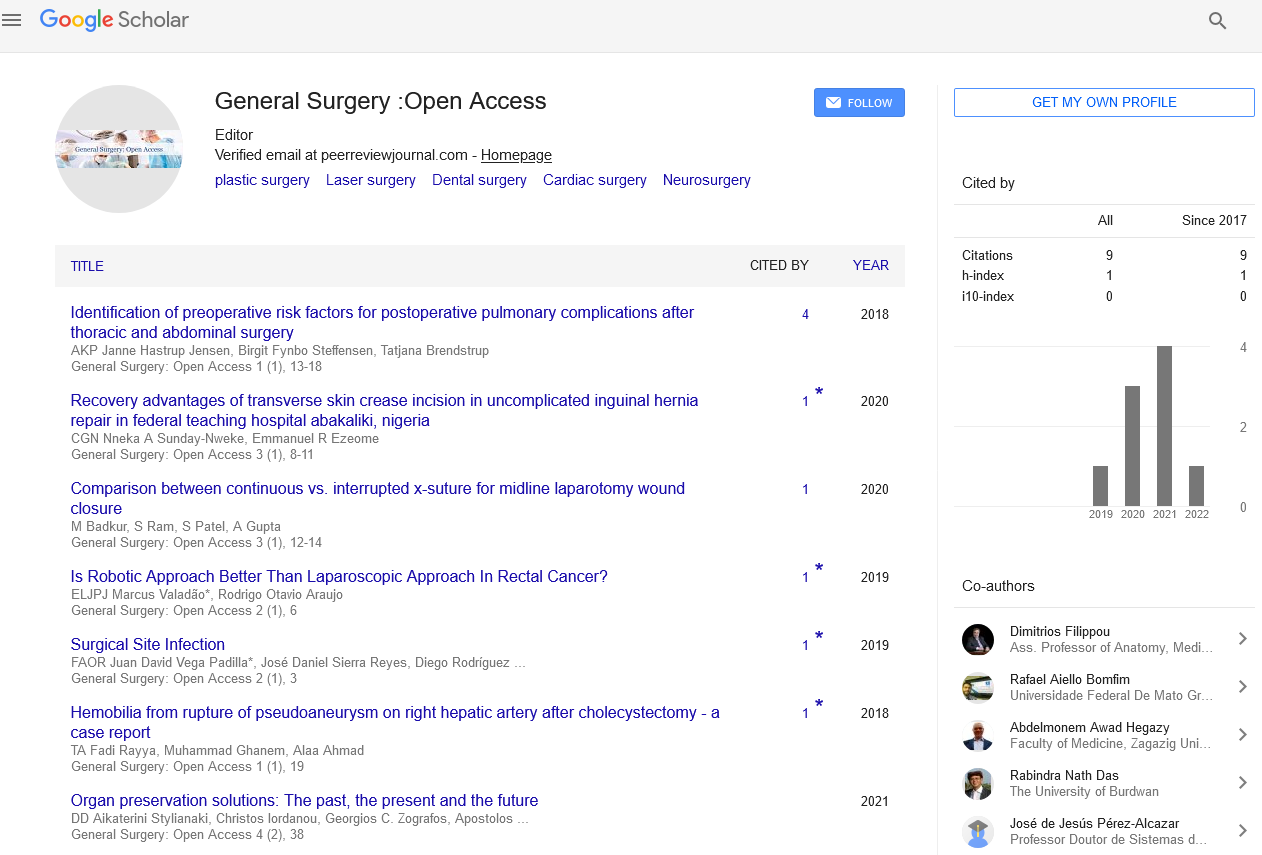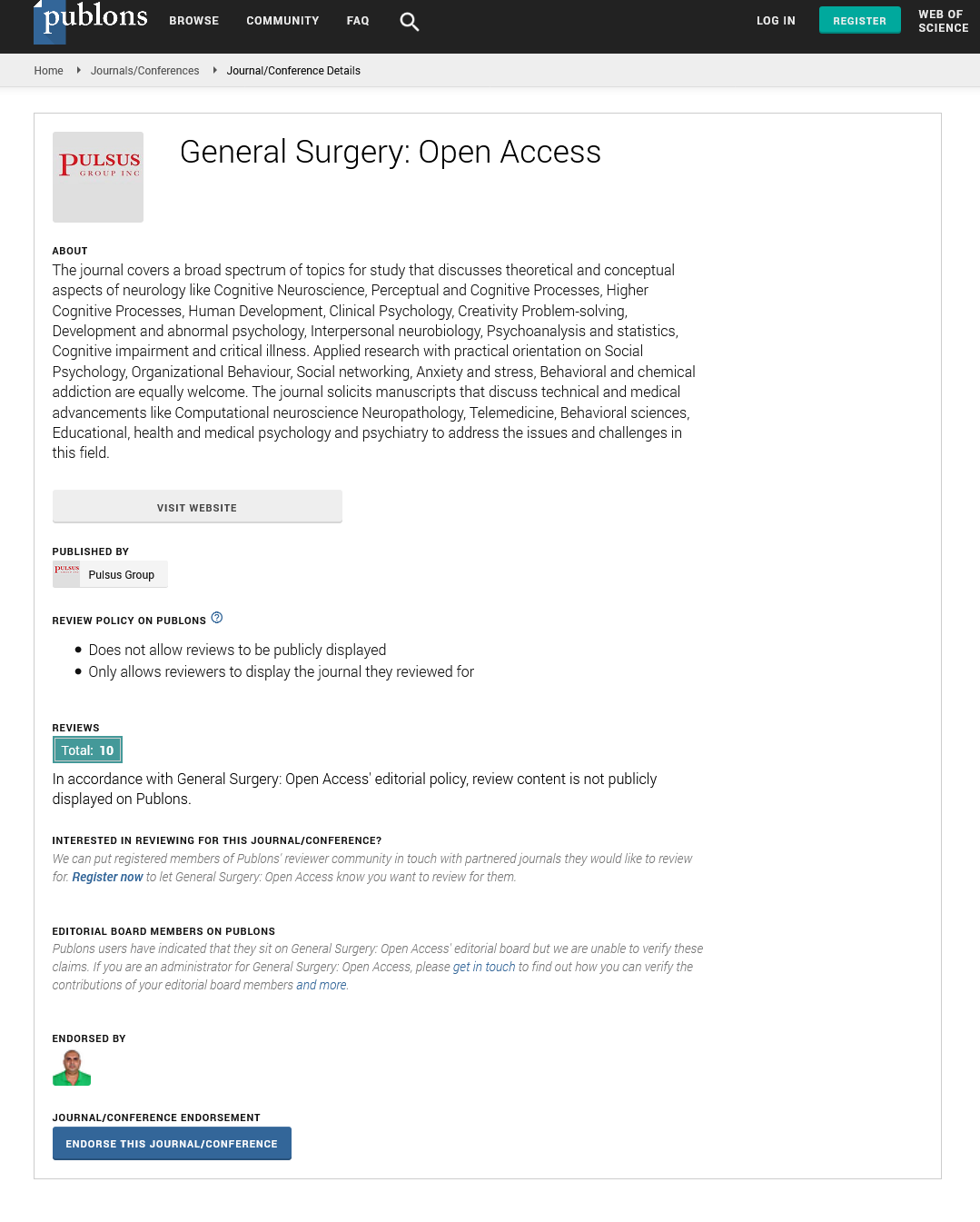
Sign up for email alert when new content gets added: Sign up
Determinants of leave against medical advice in neurosurgery versus other hospital departments and factors predictive of such discharges from neurosurgical service
2nd International Conference on Physicians & Surgeons
January 20, 2022 | Webinar
Mitesh Karn
Gandaki Medical College Teaching Hospital and Research Center, Nepal
Posters & Accepted Abstracts: Gen Surg: Open Access
Abstract :
Statement of the Problem: Leave against medical advice (LAMA) is a common and vexing healthcare problem, especially in low income countries. There is paucity of studies exploring this aspect of patient care, especially in neurosurgical practice. Our study aims to find out the prevalence of LAMA, its reasons and any differences that exist among patients in neurosurgery versus other specialties. Methodology & Theoretical Orientation: A prospective, cross-sectional study was carried out among patients discharged against medical advice for six consecutive months at Gandaki Medical College Teaching Hospital and Research Center, Pokhara, Nepal. Findings: Among a total of 150 patients enrolled, 29.3% (n=44) were from neurosurgery and 70.7% (n=106) from other departments. The overall rate of LAMA was 5.68%; 16.73% from neurosurgical service. In the neurosurgical cohort, mean age was 61.41±18.72 years and majority of patients were males (65.9%). Most patients were Hindu by religion (97.7%), illiterate (59.1%), married (93.2%), with history of substance abuse (63.6%), admitted directly to the ICU (88.6%) and lacked insurance (79.5%). Financial insufficiency (40.9%) followed by expected poor prognosis of the disease (25%) were reported as major reasons for LAMA. Statistically significant differences (p<0.05) were observed in neurosurgical patients when compared to patients from other departments in terms of age, gender, educational status, history of substance abuse, place of in-patient admission, treatment modality recommended, status of mechanical ventilation and insurance status. In-patient admission to the ICU and proposal of surgical intervention were predictive of LAMA among neurosurgical patients. Conclusion & Significance: The rate of LAMA was high in neurosurgery. Educating general public about neurosurgical care and widespread implementation of health insurance seem important policy-implications.





